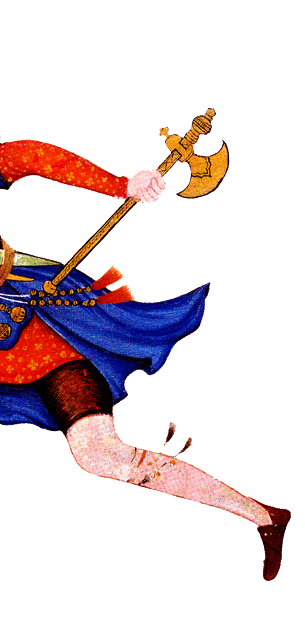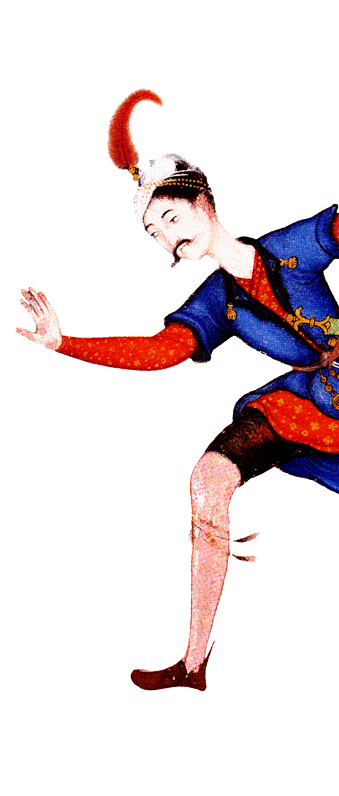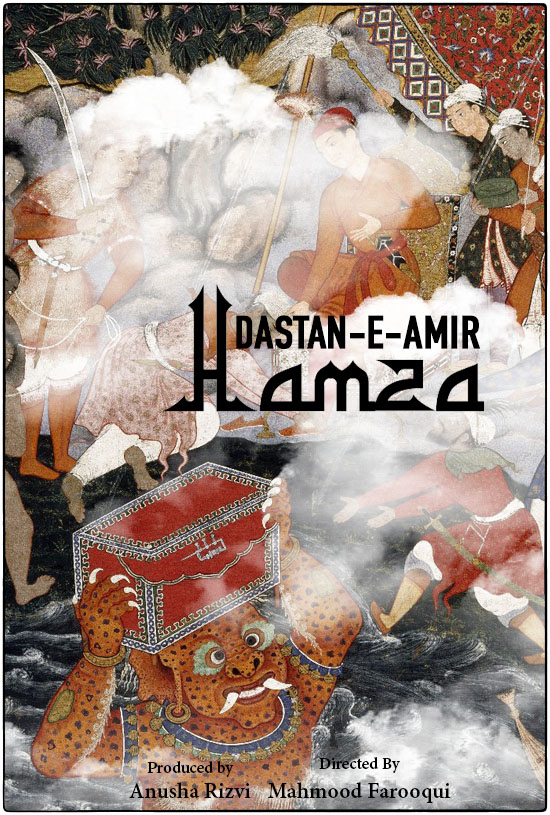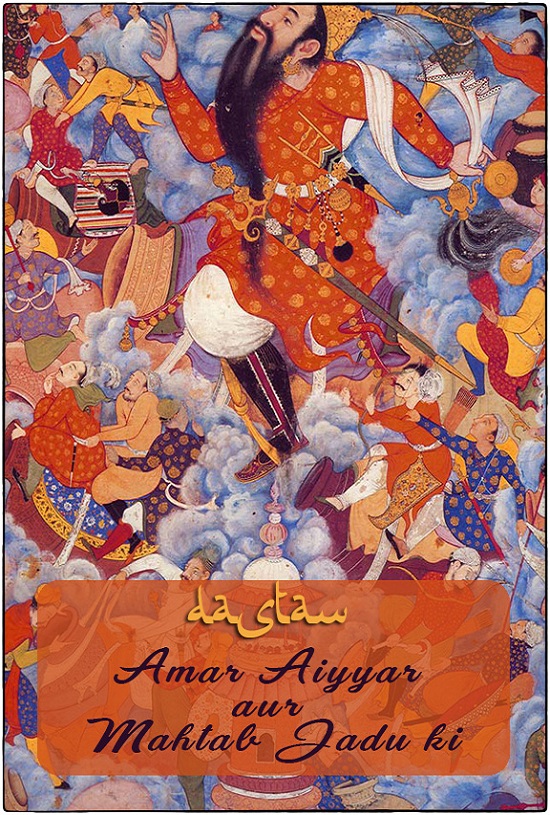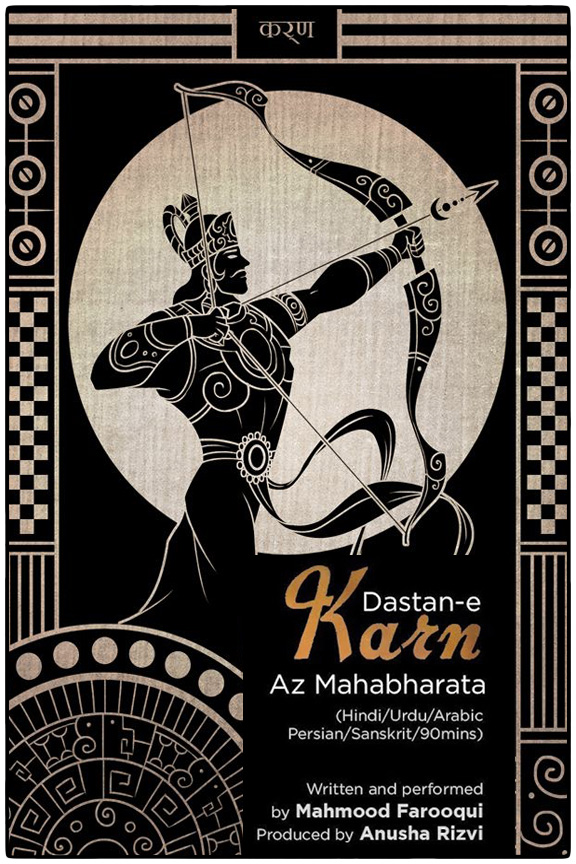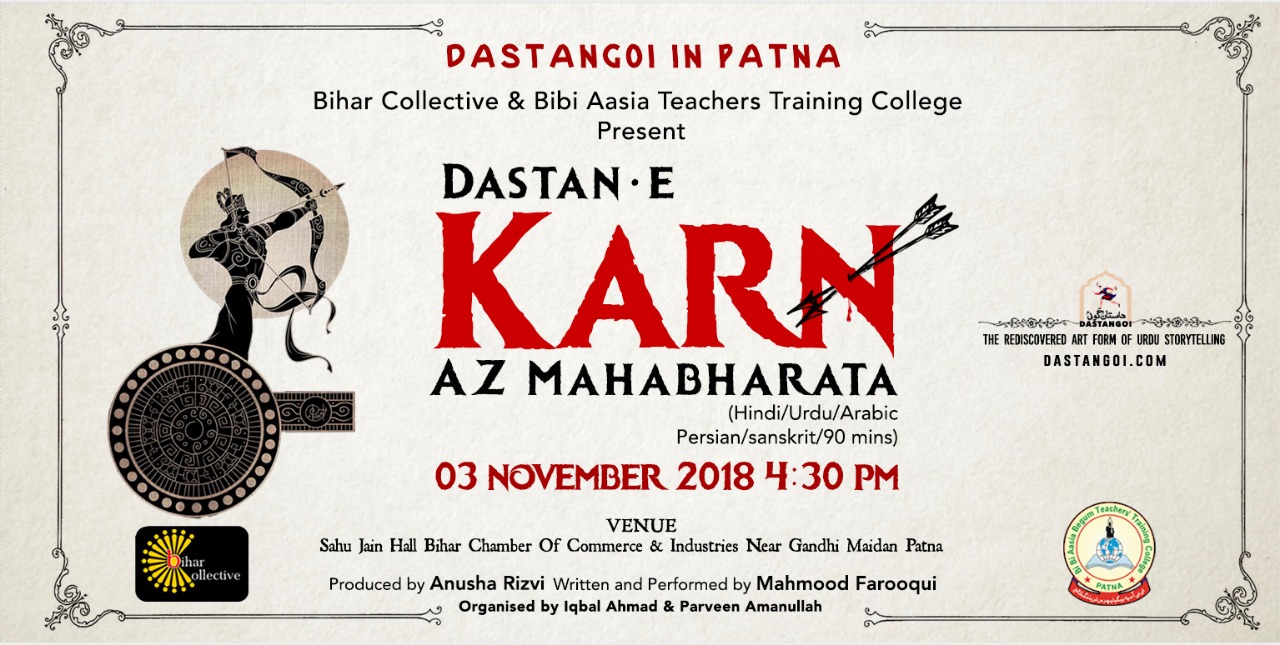Welcome to the world of Dastangoi. It is an expansive, infinite world which makes you imagine what you thought you could never imagine. There are over 46000 pages of the Hamza Dastan to regale you and this is only the part that was published. There may have been more in the oral realm before it was lost. And this is only one Dastanic cycle, there were several others. There are cycles within cycles, loops within loops, chapters within chapters. The length and breadth of this makes ‘The Thousand and One Nights’, the Alif Layla wa Layla, (also known as The Arabian Nights) look small. Nothing in world fiction comes close to the outstanding fusion of performance and creation that the tradition of Dastangoi represents.
Here you will encounter the story of what these Dastans were, what is Dastangoi, how did it function, where did it flourish and how it died out. In a word, you will find here the Dastan-e-Dastangoi. Dastangoi is more than itself. It is a tradition of creating and telling stories that defines South Asia. In South Asia, stories and religion, stories and tradition, stories and morality, stories and entertainment, entertainment and edification merge into each other. Here Gods tell and listen to stories, as in the Ramayana and the Mahabharata, Gods become humans and vice versa through stories as in the Budhha’s Jataka stories, animals tell stories as in the Hitopdesha and the Panchtantra, birds recount human perfidy as in the Sukaspati or Tutinama, bards perform history as in Alha Udal songs, and Sufis sing tales of erotic love to evoke divinity as in Padmavat.
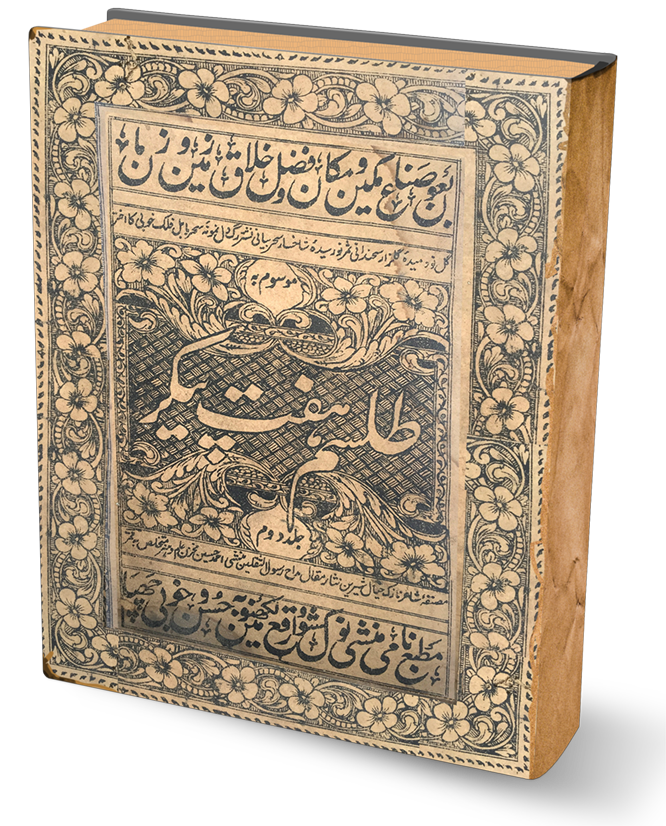 So, this page, we hope will expand like South Asian stories where the Sanskrit Hitopdesha morphs into Arabic
Kalila wa Dimna and then returns to South Asia via Persian poets only to return again via Hindi cinema. South
Asia sends out stories and welcomes stories from everywhere. It is not a coincidence that the first modern
publication of Alif Layla happened in Calcutta, that long before Disney’s Aladdin, South Asia had been producing
films and stage productions on it. After all Layla Majnun, Shirin Farhad, Hatim Tai, Sindbad, are titles
of Hindi films as much as of Central Asian legends. We hope this page will let you discover this wonderful
multi-linear, circular world of South Asian stories.
So, this page, we hope will expand like South Asian stories where the Sanskrit Hitopdesha morphs into Arabic
Kalila wa Dimna and then returns to South Asia via Persian poets only to return again via Hindi cinema. South
Asia sends out stories and welcomes stories from everywhere. It is not a coincidence that the first modern
publication of Alif Layla happened in Calcutta, that long before Disney’s Aladdin, South Asia had been producing
films and stage productions on it. After all Layla Majnun, Shirin Farhad, Hatim Tai, Sindbad, are titles
of Hindi films as much as of Central Asian legends. We hope this page will let you discover this wonderful
multi-linear, circular world of South Asian stories.
The last great Dastango Mir Baqar Ali passed away in 1928. Gradually the entire tradition was so marginalized that few even among diehard Urduwallas were aware of this mammoth performative tradition. Certainly I never heard its name. If it was not for Shamsur Rahman Faruqi’s painstaking, path breaking and trend setting research I too would have never come across this. But there is a long gap between a book and an actual performance. How the first modern performance took place in 2005, the planning that went behind it, the serendipity and the happenstance that helped create it is a story in equal measure of fortitude and fortuitousness. I suppose that is how all artistic success is achieved: a little bit of one’s effort and a lot of meher-e eezadi or divine grace. It is not my achievement but has been endowed on me, as musicians say.
Een sa’aadat ba zor-e bazu neest
Ta na bakhshad Khuda na Bakhshandah
This good fortune is not from my exertion alone
Until the almighty confers it is not given
You can read about the full story of how this revival took place in the section by that name.
I am happy to state that our efforts of 15 years have borne this fruit that Dastangoi has, so to say, arrived and has become a natural part of our performance habitat. Today most cultural festivals in Northern India include Dastangoi almost as routinely as Ghazal and Qawwali are included in their programs. Most assume that it has always been around and that naturalness of its existence in today’s cultural habitat redounds strongly to our credit. One hears of new people doing Dastangoi in different parts of the world, including Pakistan. Obviously, none of these people had ever heard of Dastangoi before we revived it and it is our success that has spurred others to take it on. We are delighted with that. But we are also apprehensive at the lack of training and seriousness that some of these endeavours represent. We hope this page will educate them about the sweat and pain that goes behind creating a modern Dastangoi performance and will help them scale greater heights.
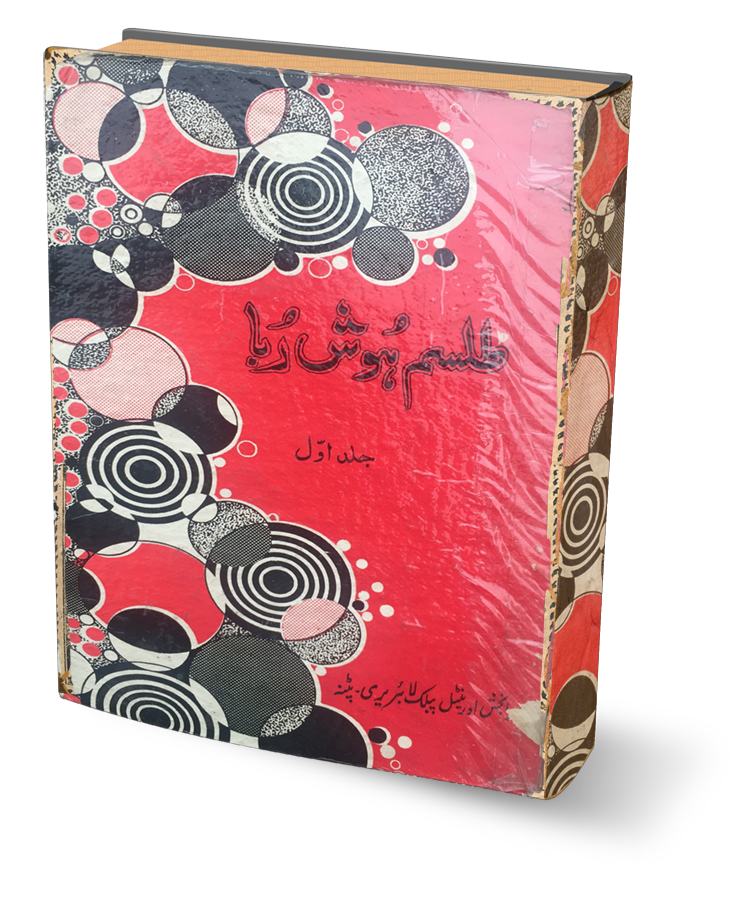 In South Asia everything is a story. What is not, becomes a story. And stories are meant to be shared. And then to be performed.
Over the last fifteen years I have created many new narratives or Dastans for the modern stage.
Works like Dastan-e-Taqseem-e-Hind on partition, Dastan-e-Sedition on the Binayak Sen case, Dastan-e-Chauboli from Vijay Dan Detha’s adaptation
of a Rajasthani folk tale, and the latest Dastan-e-Karn az Mahabharata have proved immensely popular. They
have each had over a hundred performances which, in terms of Indian stage, is a significant achievement.
You will be able to read about the process that went behind their creation from the introduction to the Dastangoi
book 2. You will also find here links to the performance of some of these stories.
In South Asia everything is a story. What is not, becomes a story. And stories are meant to be shared. And then to be performed.
Over the last fifteen years I have created many new narratives or Dastans for the modern stage.
Works like Dastan-e-Taqseem-e-Hind on partition, Dastan-e-Sedition on the Binayak Sen case, Dastan-e-Chauboli from Vijay Dan Detha’s adaptation
of a Rajasthani folk tale, and the latest Dastan-e-Karn az Mahabharata have proved immensely popular. They
have each had over a hundred performances which, in terms of Indian stage, is a significant achievement.
You will be able to read about the process that went behind their creation from the introduction to the Dastangoi
book 2. You will also find here links to the performance of some of these stories.
The first Dastangoi book came out in 2011. Since then we have trained over fifty other Dastangos, worked on at least 15 modern Dastans and performed over a thousand shows. We hope this site will give you some idea of that journey. This site, like the revival of Dastangoi itself, is a work in progress. As we learn and improve and grow so too, we hope, will this site. All depends on your feedback and interaction. There is no story without a listener. We are deeply grateful to our audiences over the last decade and a half for they have given us the respect and love that is reserved for proven Ustads although we are but novices and as they say the Ustad’s seat is vacant yet,
Jaaye Ustad Khaleest
At the same time we also exhort ourselves to heed another Ustad when he says,
Dayar-e ishq mein apna maqam paida kar
Naya zamana, naye subh o sham paida kar
Build in love’s kingdom your own abode and station
Build Time anew, a new dawn, a new eve


